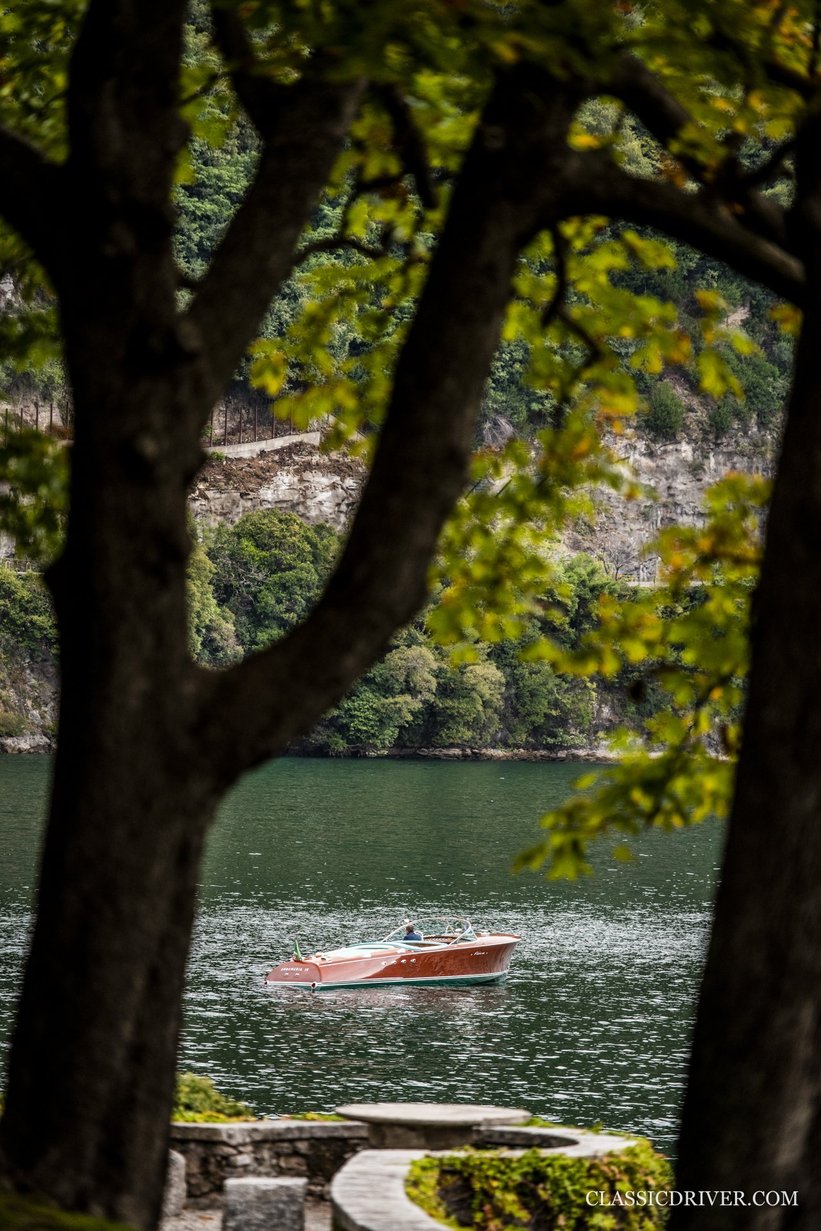

The Grand Hotel Villa d’Este on the shores of Lake Como has always been a bubble untouched by the passing of time or the perks of everyday life – and even more so during the Concorso d’Eleganza. But last weekend, after an almost two-year break, participants and spectators felt even more privileged to step through the portal of the pandemic and embrace the sights, sounds, and – most importantly – the delights of socializing at this exceptional gathering of car enthusiasts. For the very first time, the Concorso d’Eleganza was held in October instead of May. And while some car owners were anxiously eyeing the chestnuts falling from the trees right next to their freshly polished million-dollar sculptures on wheels, the real challenge was to transport more than 50 highly fragile and valuable automobiles from all over the world to Italy with travel being restricted and the international shipping system still on its knees. Due to the pandemic, the organizers also chose to call off the public day at Villa Erba, making the Concorso d’Eleganza even more exclusive and sealed-off than it has been in the past. Luckily, local car enthusiasts were invited to Fuori Concorso at Villa del Grumello on Sunday for a dose of turbocharged car culture, even with Villa d’Este being off limits.
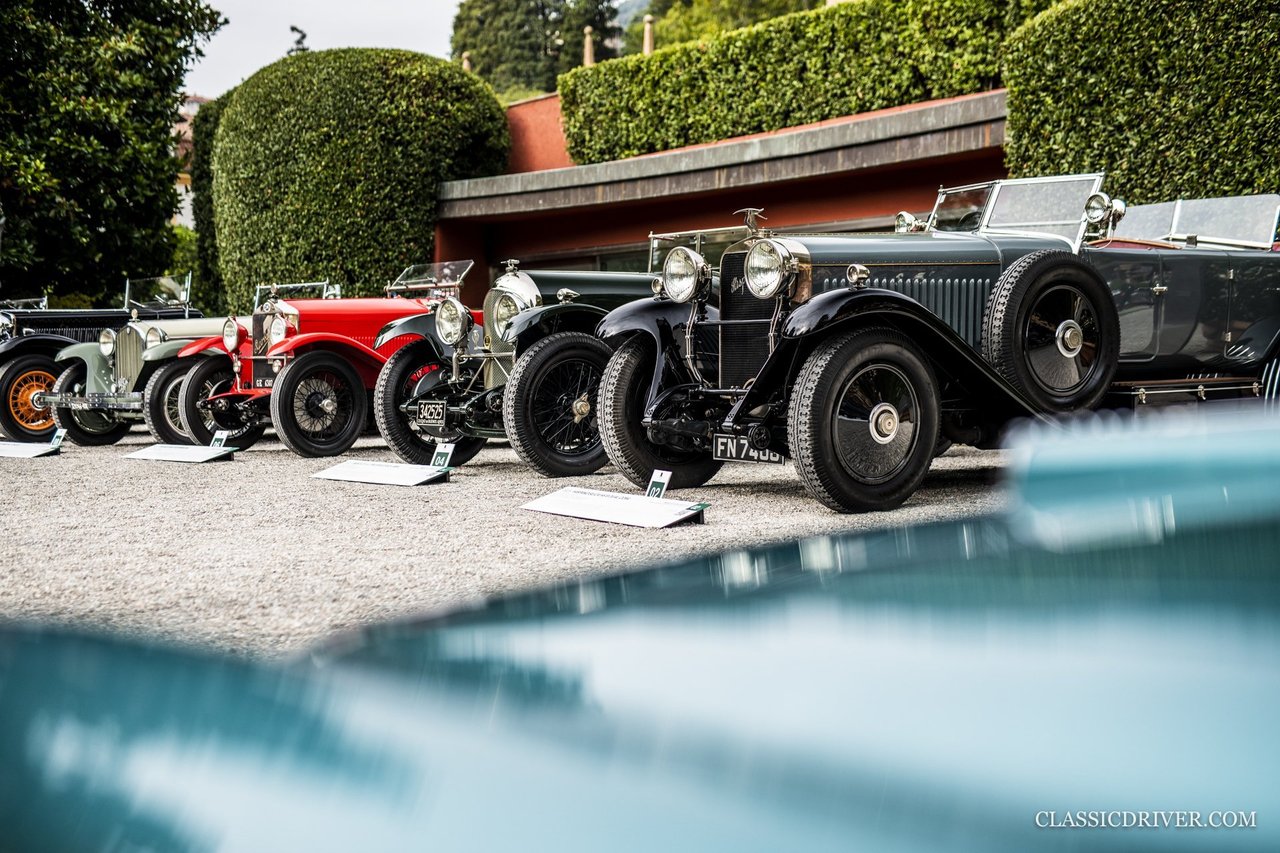

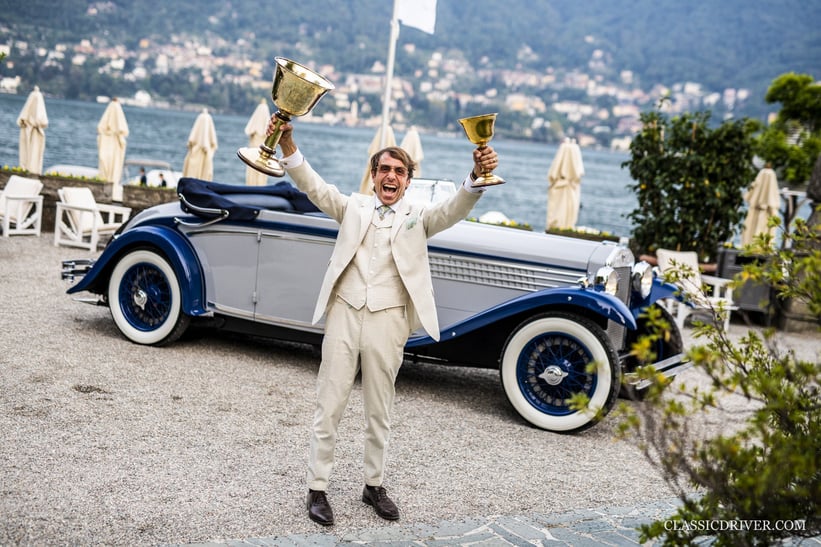
Considering the situation, the selecting committee has done a remarkable job curating a line-up of exceptional cars from all eras, drawing a bow from the touring torpedos and racy roadsters of the 1920s to the futuristic hypercars built at the dawn of the new millennium. As always, any of the cars competing for the “Best of Show” title would be worth an extensive feature on Classic Driver. Still, there were automobiles that stood out in terms of beauty, elegance, originality – or the factor of surprise. Starting our walk around the terrace of the Villa d’Este chronologically, we were stunned by the 1926 Hispano Suiza H6 B Dual Cowl brought to Lake Como by industrial designer Marc Newson and, parked just a few feet away, a light green, Zagato-bodied 1931 Alfa Romeo 6C 1750 GTC with a perfectly preserved interior smelling better than the most refined Italian perfume in the autumn sun. And while a masterfully designed 1934 Lancia Astura Torpedo GS with its secluded rear seats and the flamboyant 1938 Delage D8-120 S with its flat frontscreen and striking riveted fins claimed wins in their classes, it was the slightly more modest, grey and blue 1930 Lancia Dilambda that won the heart of the crowd. Owner and restorer Filippo Sole celebrated the “Coppa d’Oro” trophy in true Villa d’Este style – with the whole family plus ‘babysitter’ Arturo Merzario in the rear seat.

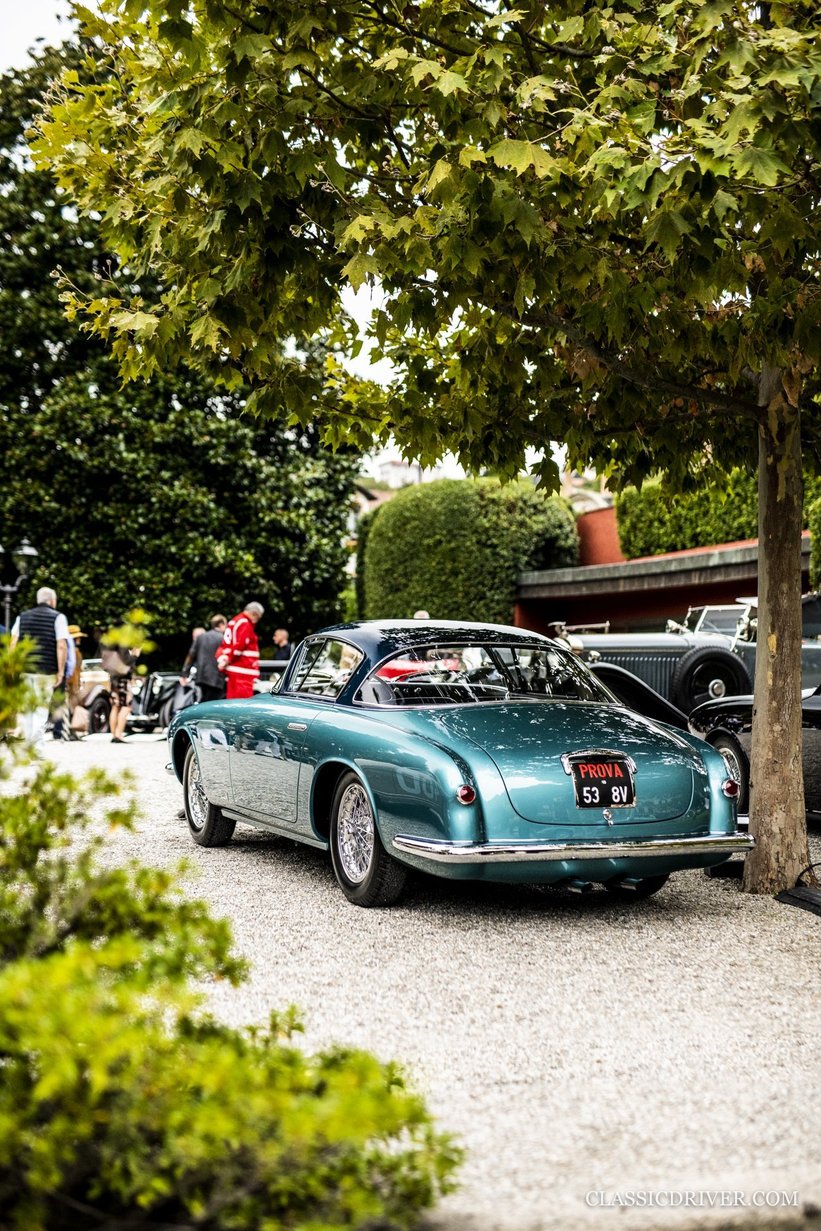
Meanwhile, one can sense that the attention of car enthusiasts is shifting to the post-war years. The selecting committee had called out a style battle between Great Britain and Germany. Rightfully, the class win was claimed by David MacNeil and his stunning, white over blue Mercedes-Benz 300 SL – one of only 29 alloy bodied cars ever made. The “Granturismo all’Italiana” class made it a little more difficult to pick a winner, since all cars assembled on the central ‘piazza’ of the Villa d’Este were both drop-dead gorgeous and highly unusual. Corrado Lopresto and his family were celebrating the 120-year history of Milanese manufacturer Isotta Fraschini with a Boneschi-bodied, meticulously restored Isotta 8C Monterosa – and the matching period van parked behind the Villa. Meanwhile, there was not one, but two of the ultra-rare ‘Supergioiello’ small-series luxury coupes bodied by Ghia – an Alfa Romeo 1900 C Sprint that we introduced to you before the show and a stunning 1950 Alfa 6C 2500 shipped from the US by Jonathan and Wendy Segal. While these cars are as impressive as they are elegant, we were delighted that the Fiat 8V campaigned by Jan de Reu claimed the class win. It’s time to include the ‘Super Vus’ in the Sportscar Hall of Fame, right next to the Ferraris and Maseratis of the era.

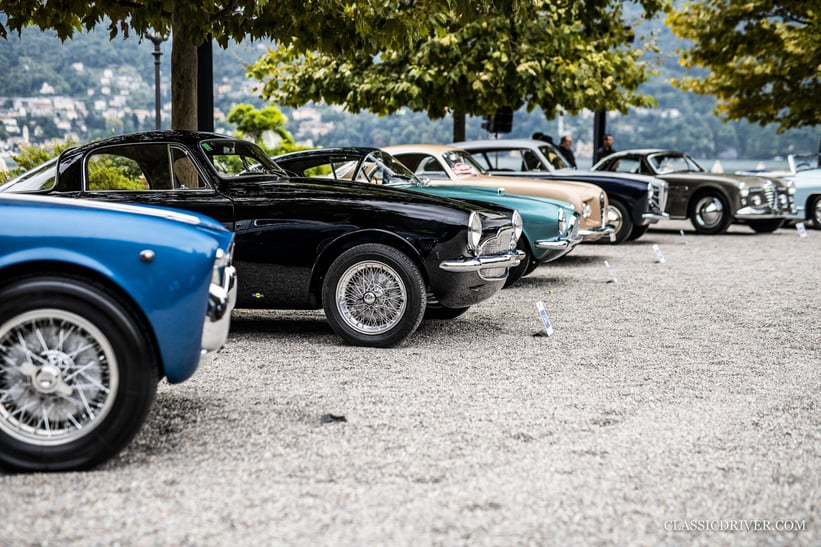
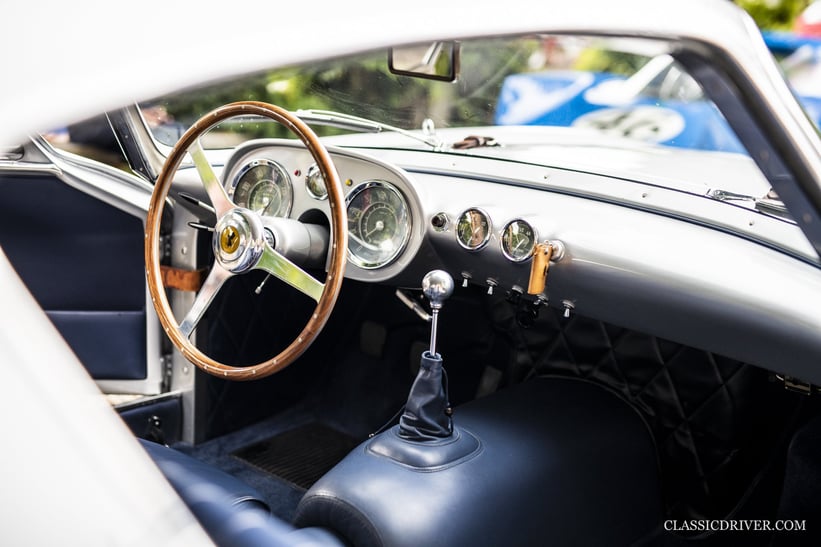
Still, it was a Maranello-designed sportscar that convinced the jury and won the ‘Best of Show’ trophy at this year’s Concorso d’Eleganza Villa d’Este. With its sleek body, long bonnet, elegant silver paint, trademark headlights and refined blue leather interior, Brian Ross’ 1956 Ferrari 250 GT Tour de France was named as a favourite by many visitors we spoke to, even before the jury had made their final decision. While the TdF is an epitome of style and racing pedigree, there were other, less subtle endurance racers parked in the gardens of the Villa d’Este. During the parade, Alexander Rittweger turned the Grand Hotel’s promenade into an emulation of the Mulsanne straight, burning racing fuel and spraying gravel while guests were enjoying their Club Sandwiches and Aperol Spritz.
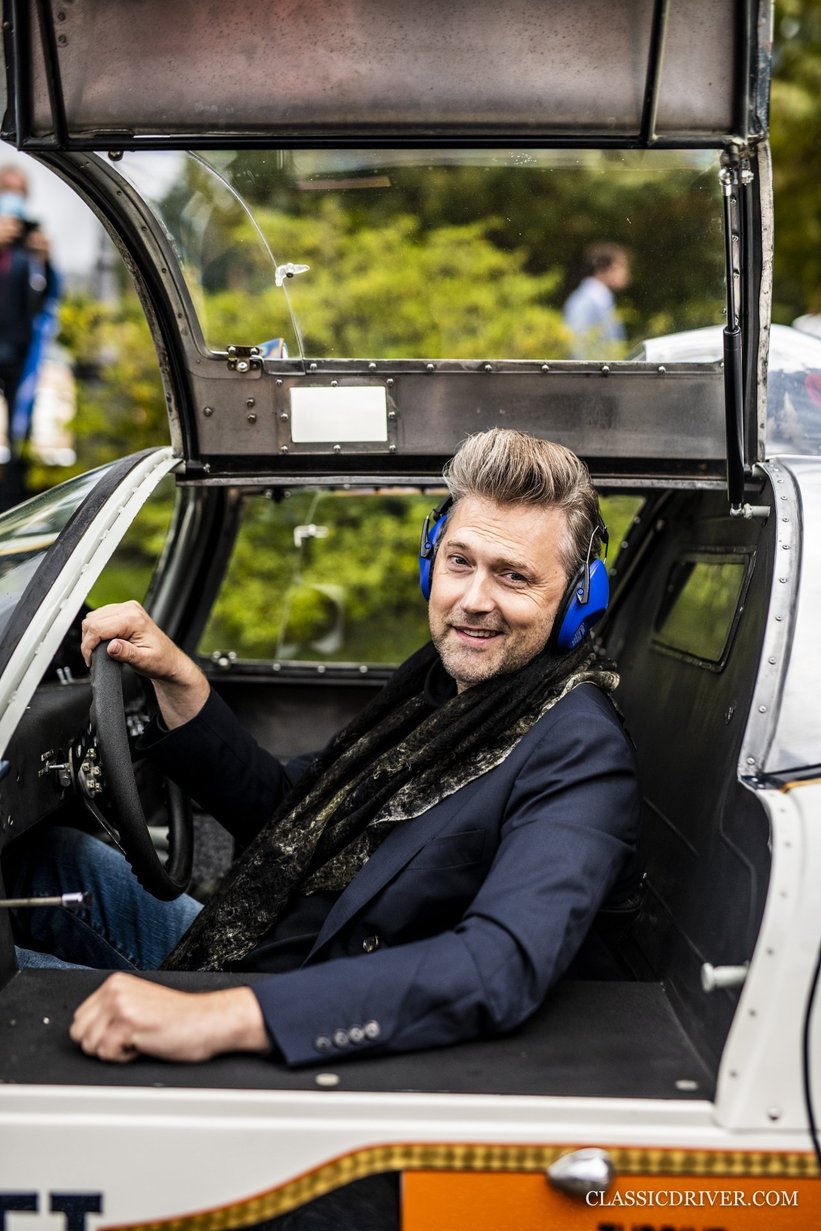
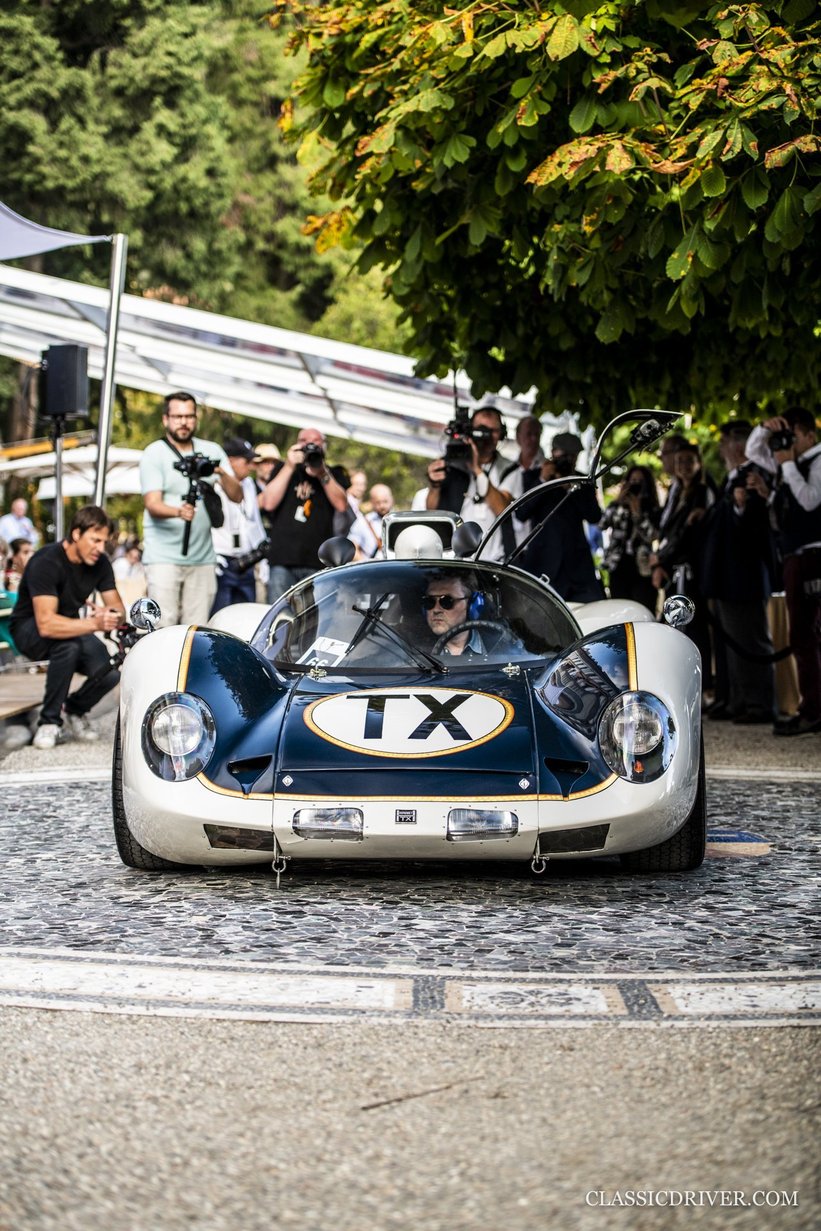
Even more frivolous was the entrance of the 1968 Howmet TX that Egon Zweimüller had brought on behalf of Austrian collector Andreas Mohringer: Powered by a hellishly loud gas turbine engine, the experimental race car turned the venerable terrace into the runway of an aircraft carrier while the white liveried waiters tried not to spill their champaign.

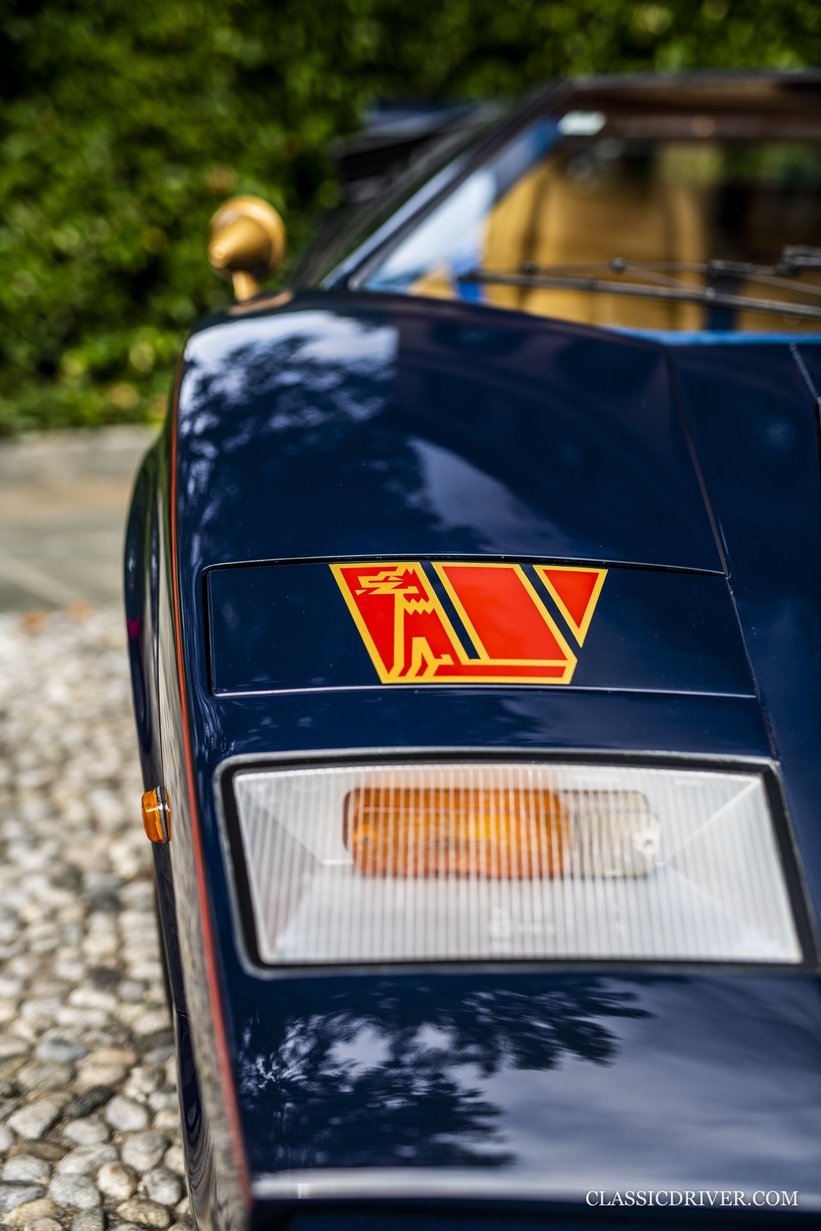
And there were more troublemakers. Celebrating the birth of the supercar in the 1970s and 1980s, spectators marveled at a Ferrari F40 Prototipo and a white Aston Martin V8 Vantage. Still, the car that rightfully won the class was a radical 1978 Lamborghini Countach Walter Wolf Special commissioned in period by the Canadian oil magnate and Formula 1 team owner of the same name. With its trademark “W” logos and rear spoiler, golden wheels and high-end stereo system, the blue wedge represented a great leap forward for Lamborghini – and the world of sports cars in general.
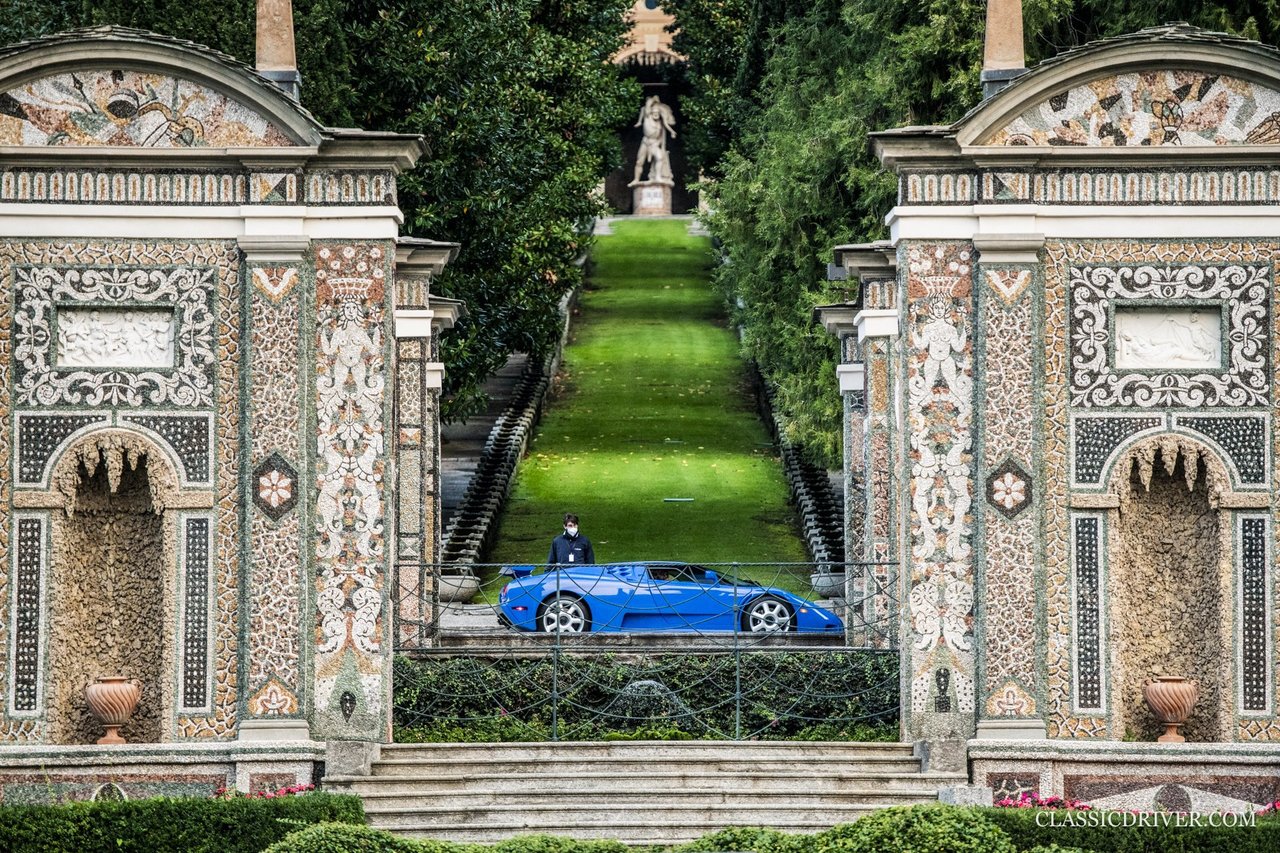
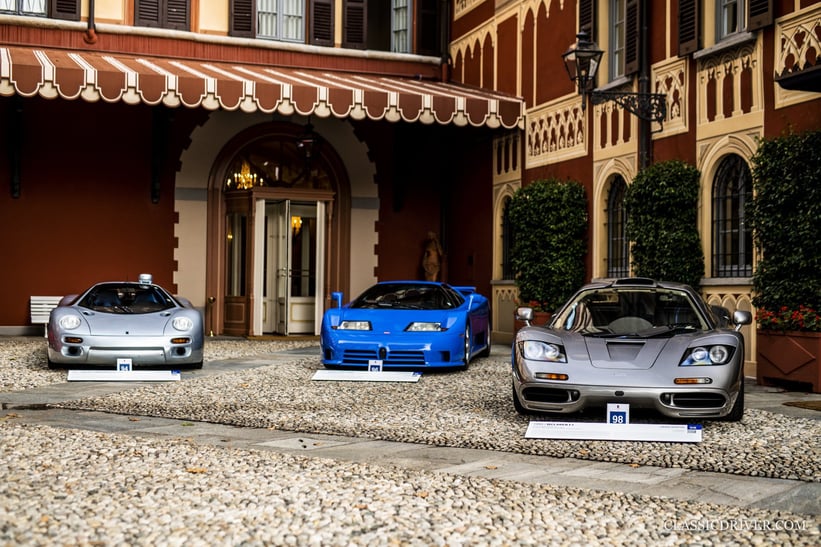
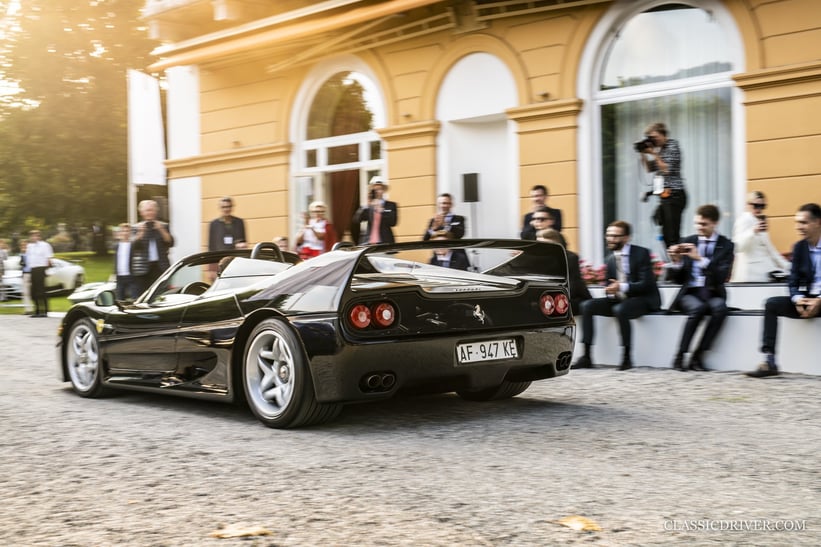
Many of the younger guests at Villa d’Este have fallen in love with cars while playing video games – and were excited to see one of the hero cars from “Need for Speed II” live in the flesh at the concours. Flown in from California by eclectic collector and Meyers Manx resurrector Philip Sarofim, the Isdera Commendatore 112i with its endless tail and clamshell by was a sight to behold.
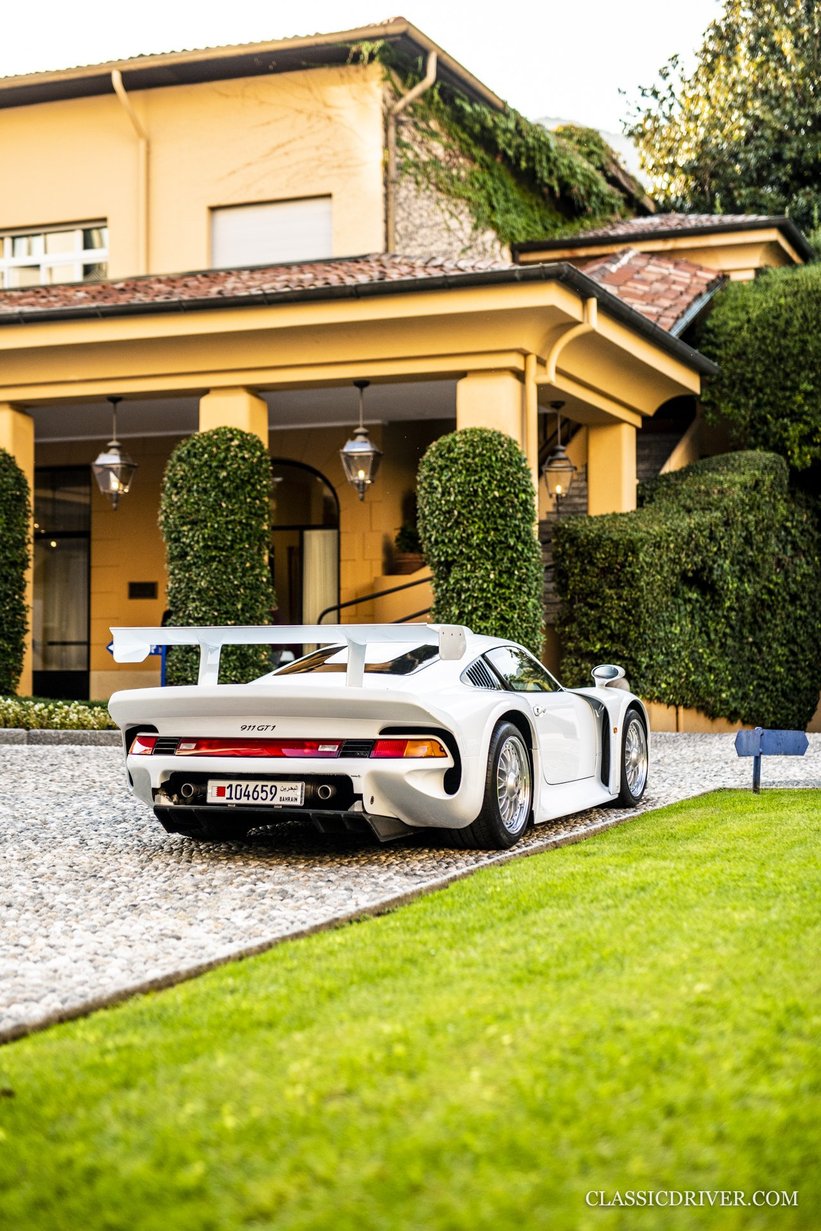
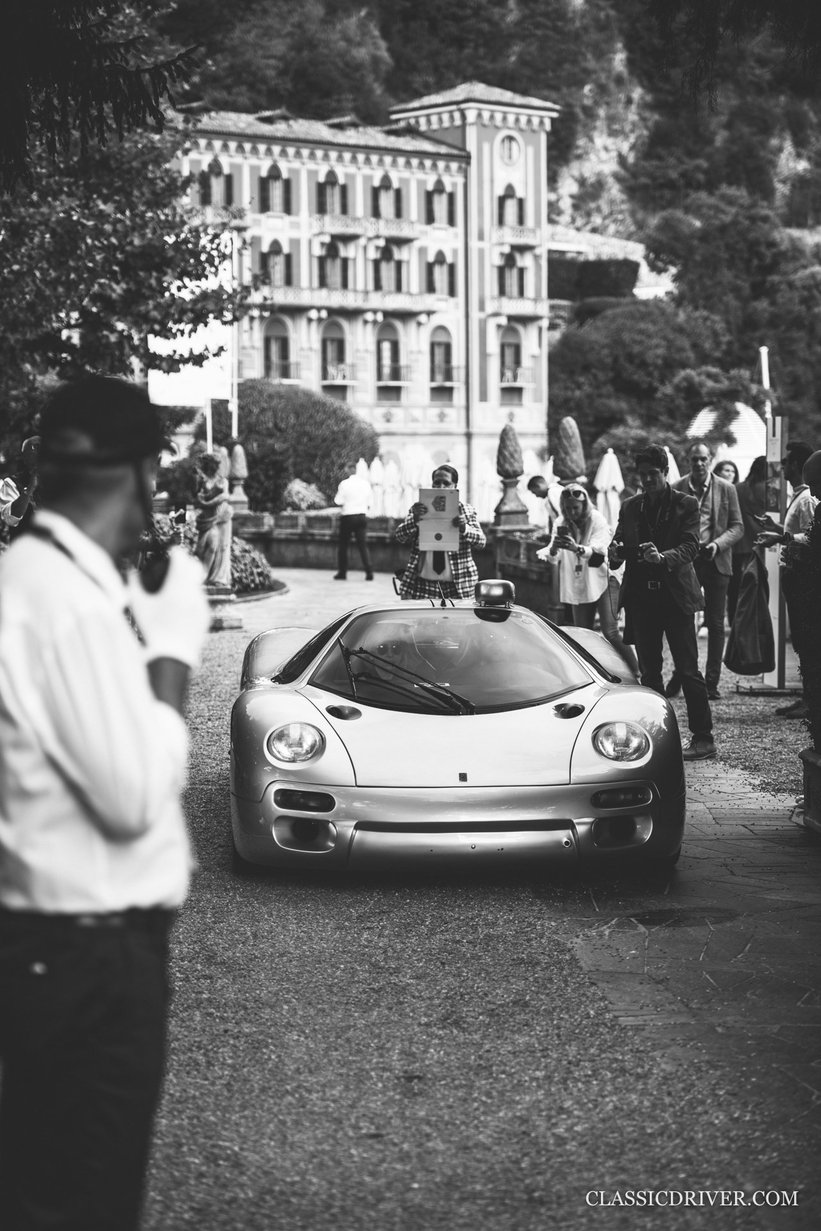
And while the Bugatti EB110 SS once owned by Romano Artioli, the McLaren F1 – unfortunately stripped of it’s TAG Heuer stickers due to the events strict sponsorship regulations –, the black Ferrari F50, the white 993-generation Porsche GT1 Straßenversion and Eugenio Amos’ Mercedes-Benz CLK GTR formed the world’s most impressive gathering of 1990s supercars, it was the Isdera that took home the class win.
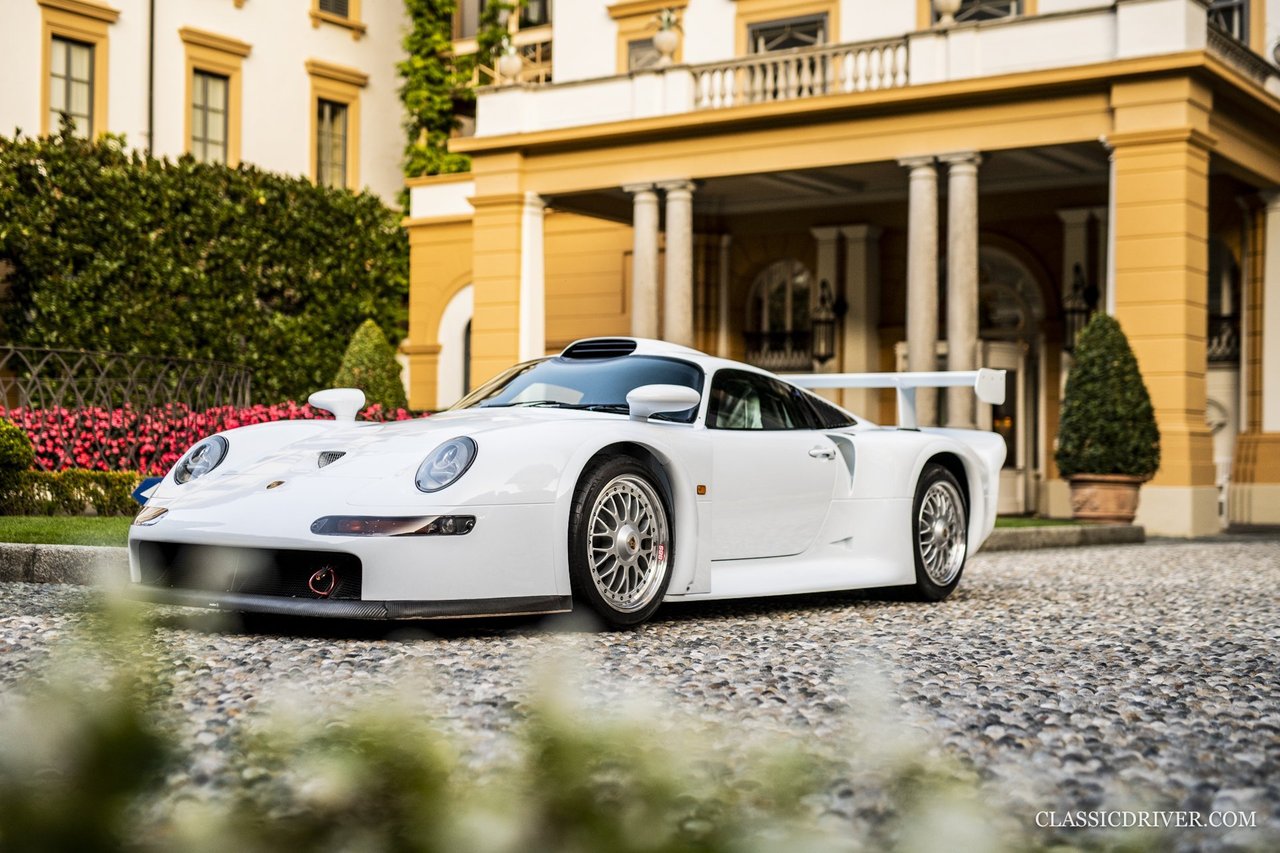
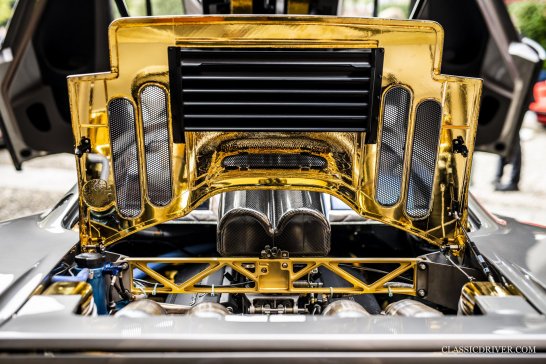
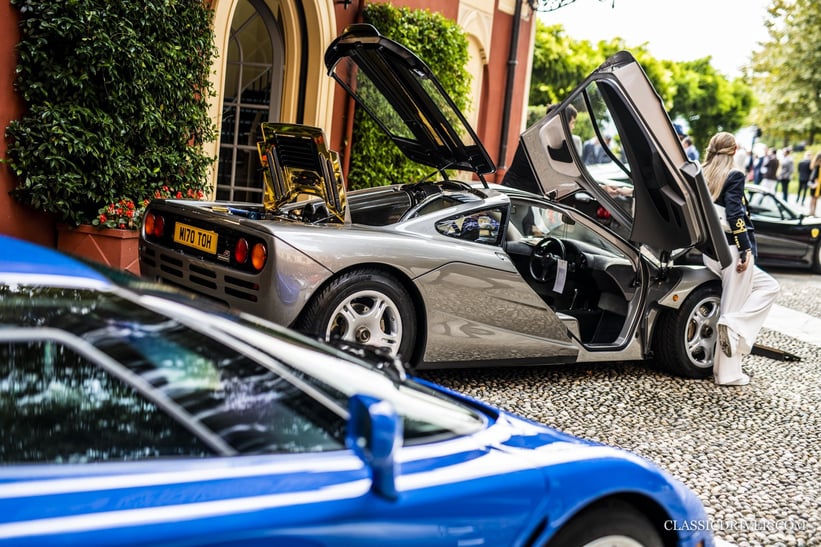
Still, it was of course our friend Eugenio with his mustache and sharp 1970s suit who can claim the title for the most nonchalant parade lap, driving down the Villa d’Este terrace open-doored, with two schoolgirls in their Sunday dresses dangling their feet from the carbon threshold of the CLK.
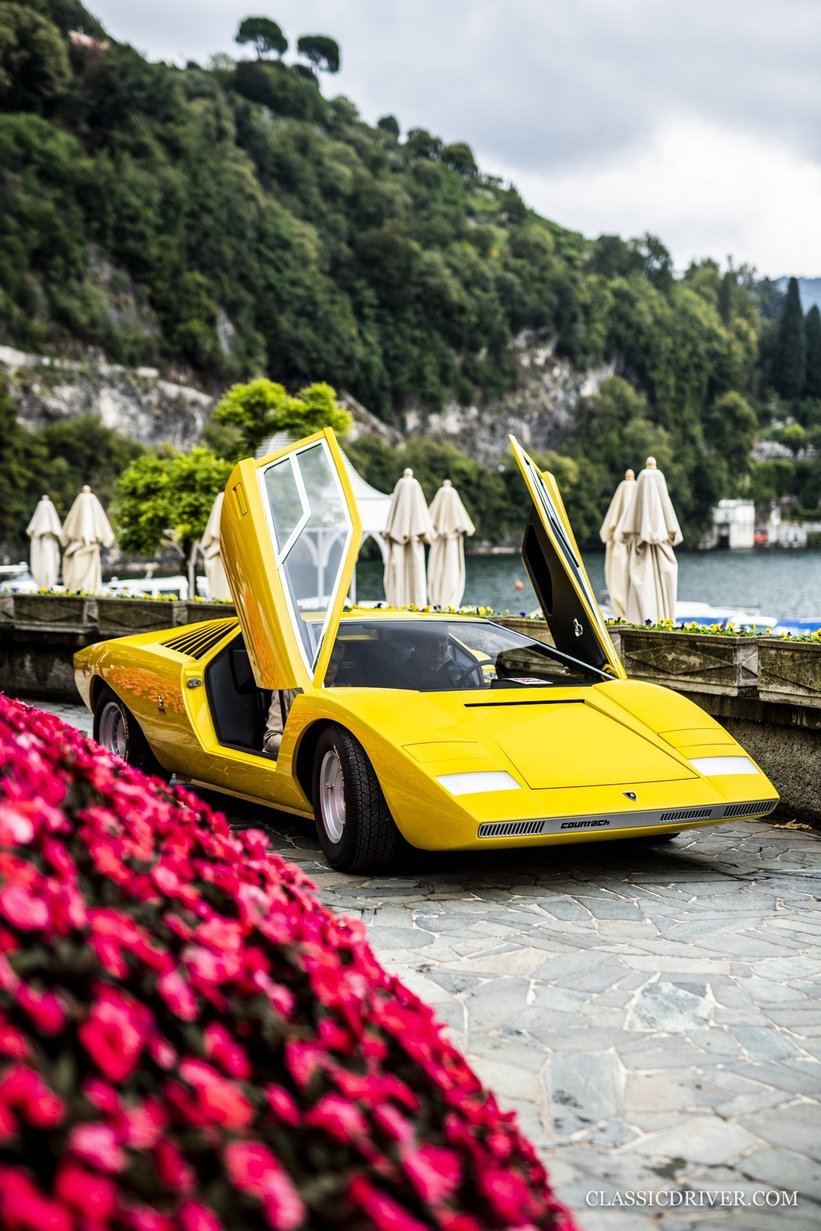
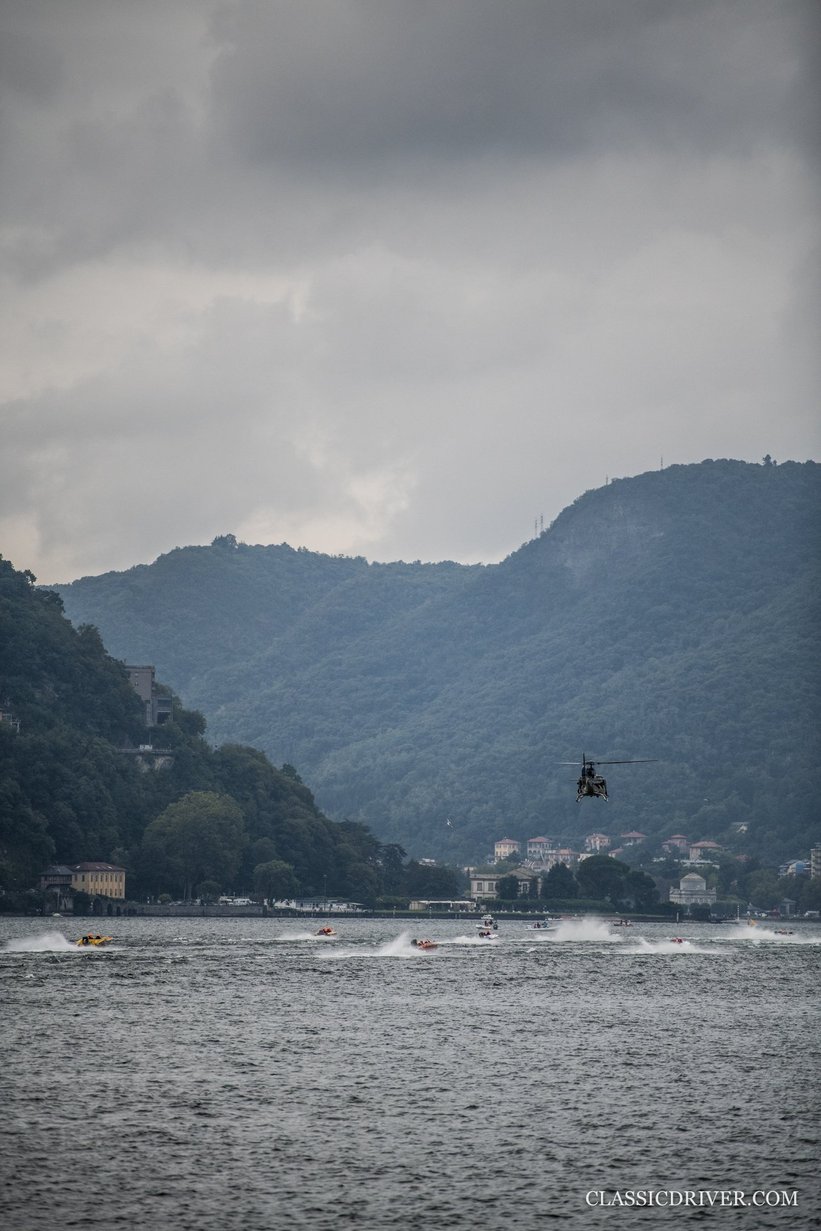
For us, one of the most emotional and memorable moments of the weekend was the first encounter with the freshly recreated Lamborghini Countach LP 500 – a car we have been dreaming about since our childhood days. The first and purest incarnation of Marcello Gandini’s wedged wonder, the prototype debuted at the Geneva Motor Show in 1971 and was destroyed during crash tests in the mid-1970s. During the last two years, the influential car has been researched and recreated by Lamborghini Polo Storico – you can soon read all about the rebirth of this game-changing Lamborghini on Classic Driver. Rightfully, the LP 500 claimed this year’s concept car class. And it felt like a perfectly choreographed play that just when the yellow wedge paraded along the jury and guests, an armada of speedboats from the Centomiglia del Lario race followed by a low-flying helicopter thundered by the Villa d’Este. Summing up the stormy exuberance of a weekend florid with show and spectacle after a long calm, the moment will probably be burned into our memory until the end of our days.
Photos: Rémi Dargegen for Classic Driver © 2021






















































































